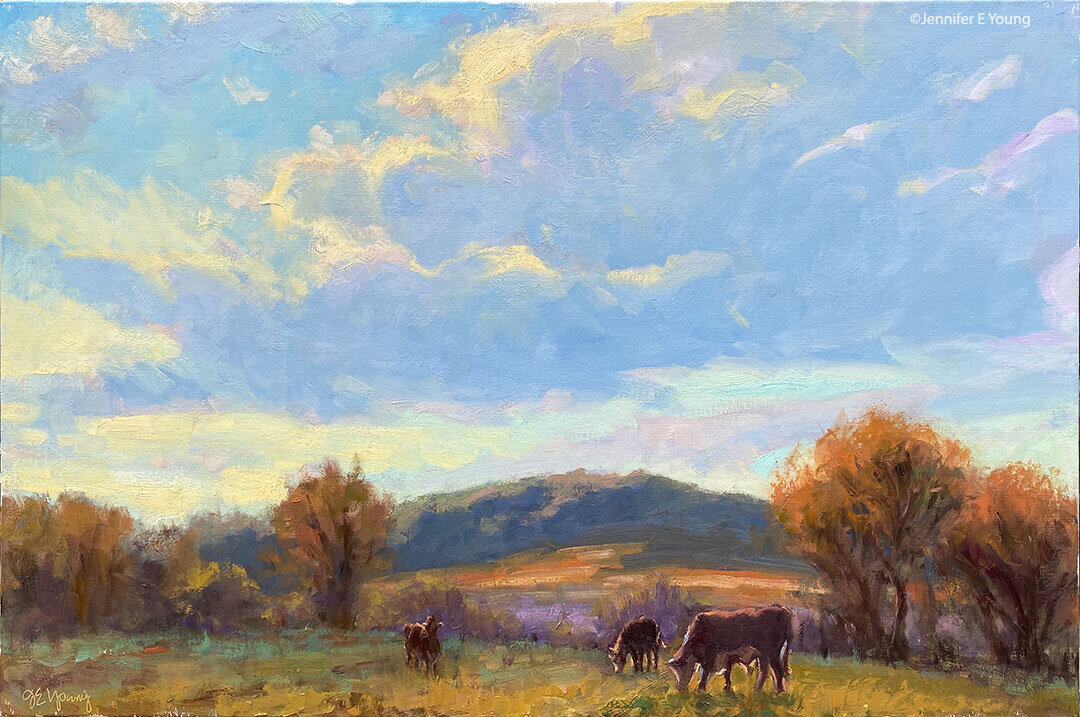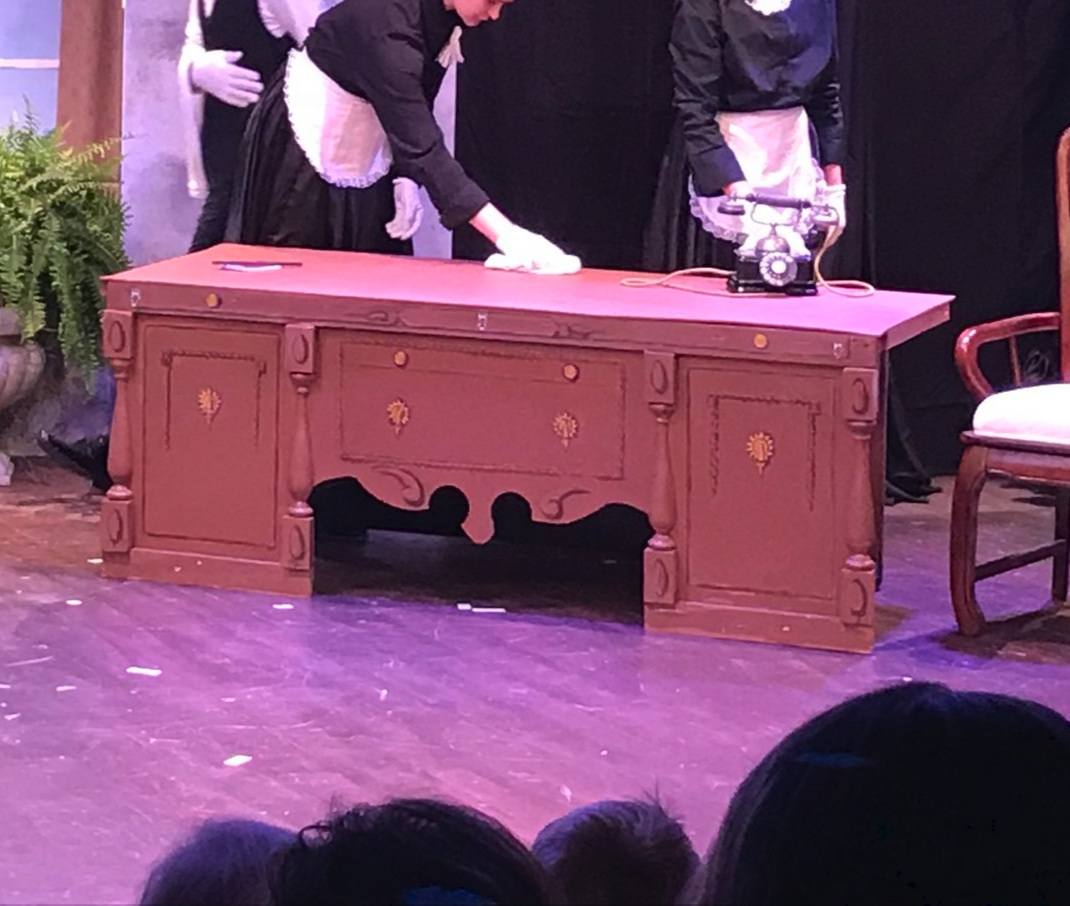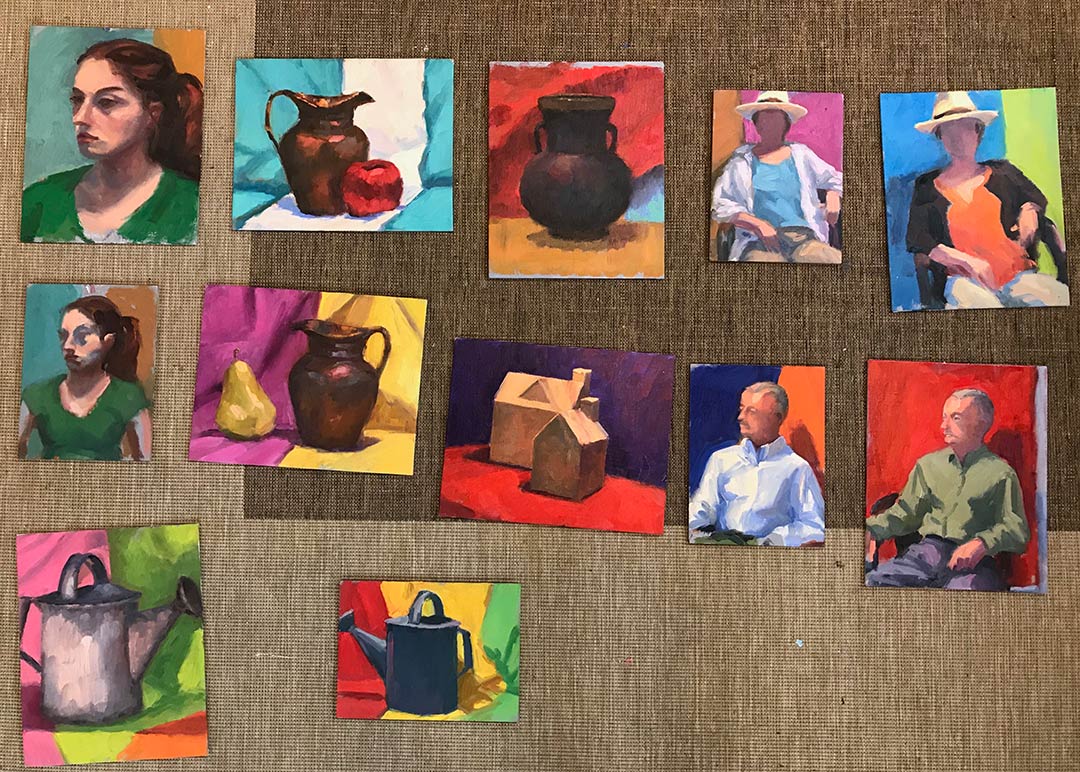Painting lavender
/Here is an exerpt of a recent email I received from a student of painting, inquiring about painting lavender: "I just cannot get the lavender/periwinkle color figured out. How did you make it? Do you recall? Thanks again. I've much enjoyed reading your blog and your artist's tips.
 Cheers,  T. J."
Dear T.J.,
Well, color mixing is a very ingrained habit that happens when I'm "in the zone" so to speak. Typically for lavender what I'll most often use is Ultramarine Blue (deep) mixed with Permanent Rose (W&N) and white. Distant lavender looks cooler, so I might use a bit more blue Cerulean or ultramarine, and less rose. It just takes a lot of experimenting, but after a while color mixing becomes pretty intuitive. -Jennifer ***Â
Painting lavender is so much fun, and I feel so fortunate to have traveled to Provence during lavender season. One thing that struck me was the way that lavender changes color temperature. Sometimes it looked like a deep blue jewel, other times a violent purple, and still other times the red tones would come out so that it looked more heather.
 "First Light", oil on canvas, 16x20"
Price:$1175.00 framed
"First Light", oil on canvas, 16x20"
Price:$1175.00 framed
As with anything in landscape painting, the color temperature of your subject is very much dependant on the light. Morning light appears warm until you compare it to light in the evenings. At high noon, the light is directly overhead, so your subject looks flatter and devoid of shadow areas. To get the best understanding of the effects of light on a subject, it is imperative (for me) to go out in nature and paint what I see. I paint from photos all of the time, but only after I have done a considerable amount of painting, sketching and observing of the subject at hand on location. Photographs are a great resource, but they can lie! It is fine to paint from photographs and study them and the work of others while you are learning. But painting from nature can be the best teacher of all.

 to thin and clean up. *Be aware though that while OMS is easier on the nose it is no less toxic for those who are sensitive to turps. In that case your best alternative is to clean up with Turpenoid or some other natural product.
to thin and clean up. *Be aware though that while OMS is easier on the nose it is no less toxic for those who are sensitive to turps. In that case your best alternative is to clean up with Turpenoid or some other natural product.


 In my opinion it is a good idea to try and mix your own greens as much as possible. It is easy to spot a painting that uses a lot of out-of-the-tube greens. It's not that tube greens are bad (and I definitely carry at least one when I paint en plein air because of the need for speed.) But painters can become over-reliant on them to the point where the same green is used for everything (trees, grass, shrubs, etc.) and the painting lacks nuance or variation.
In my opinion it is a good idea to try and mix your own greens as much as possible. It is easy to spot a painting that uses a lot of out-of-the-tube greens. It's not that tube greens are bad (and I definitely carry at least one when I paint en plein air because of the need for speed.) But painters can become over-reliant on them to the point where the same green is used for everything (trees, grass, shrubs, etc.) and the painting lacks nuance or variation.

















